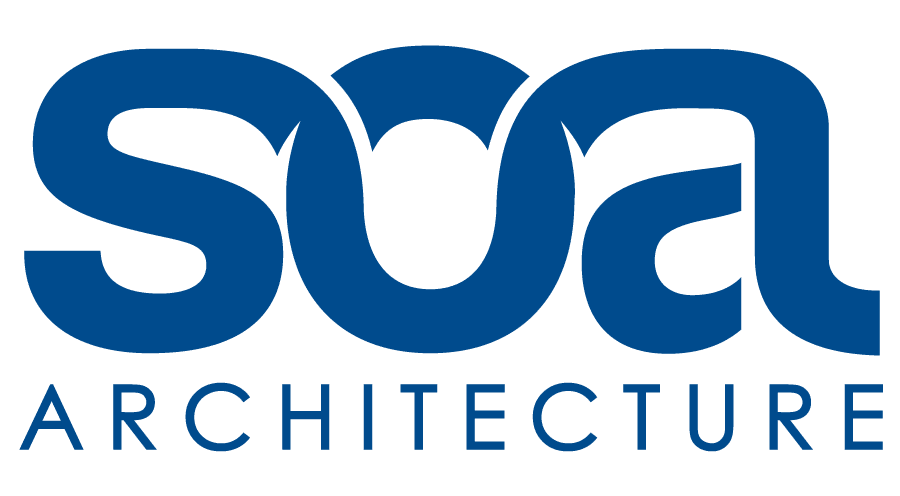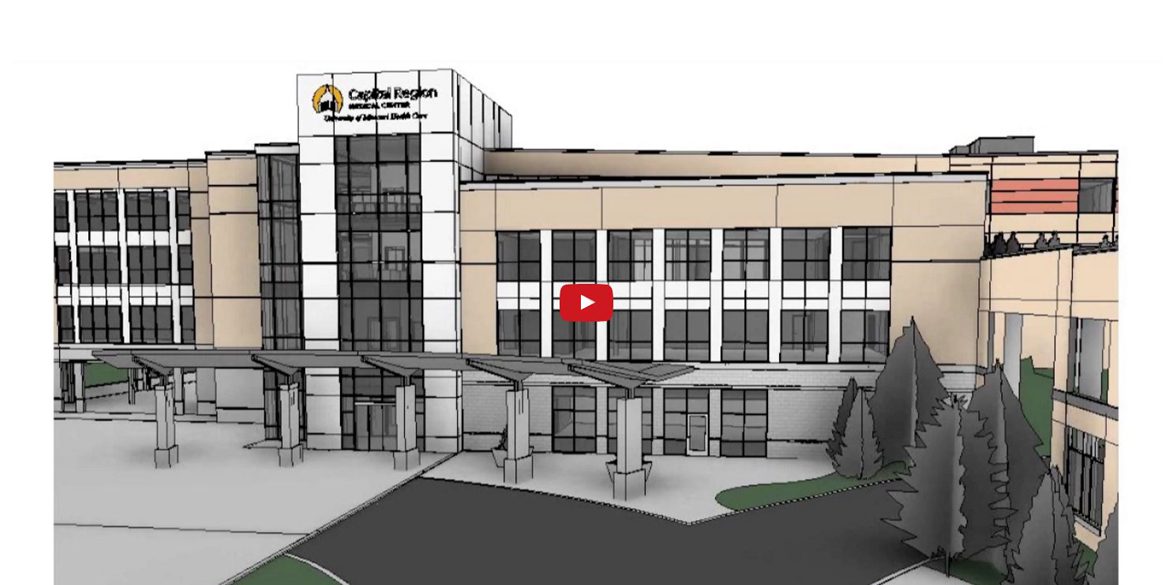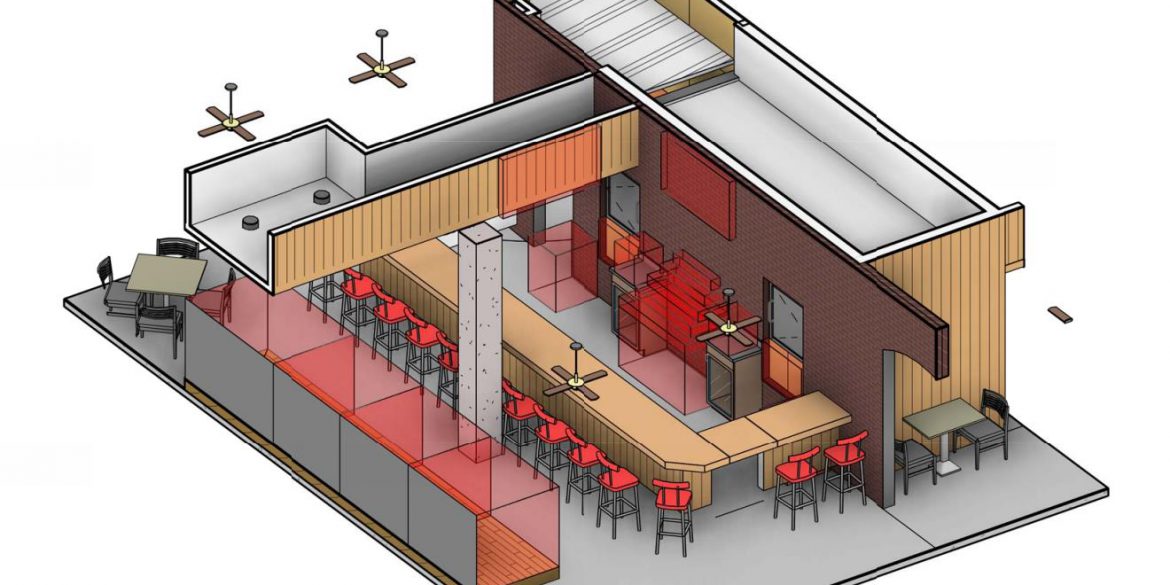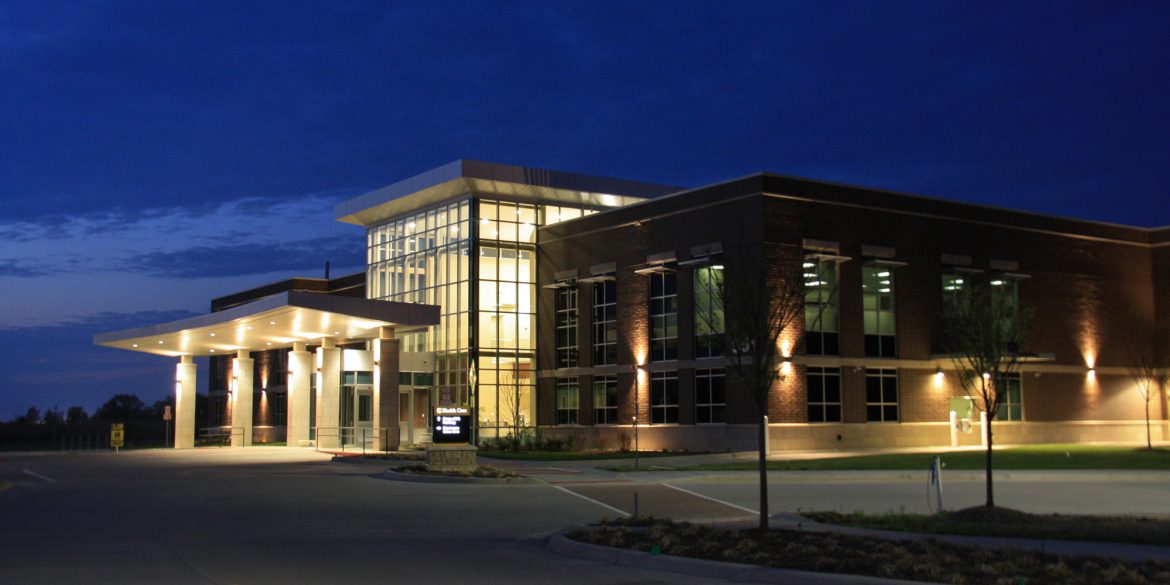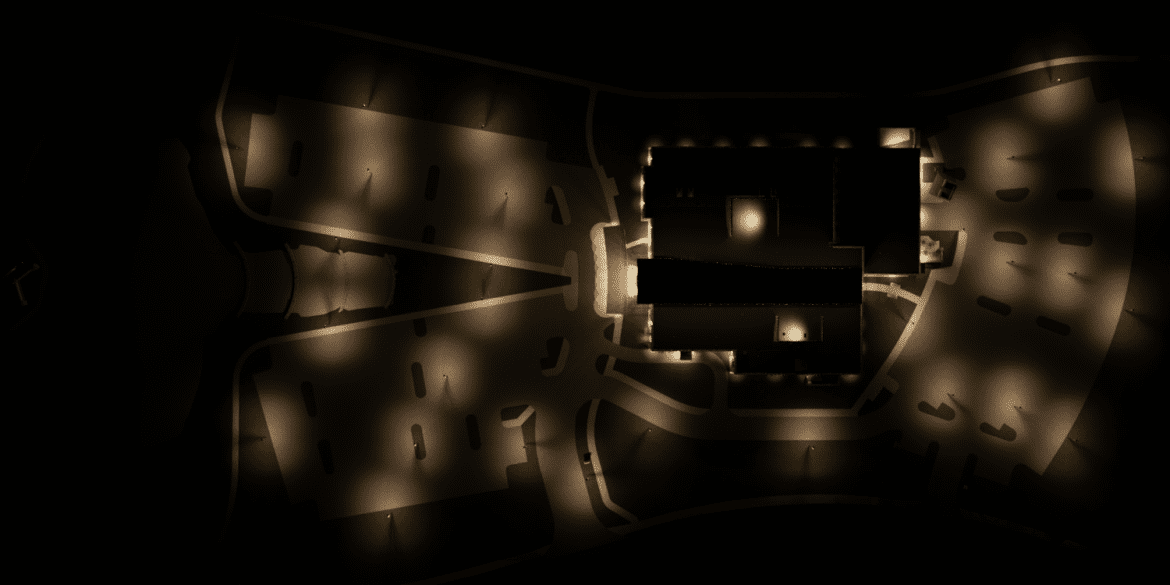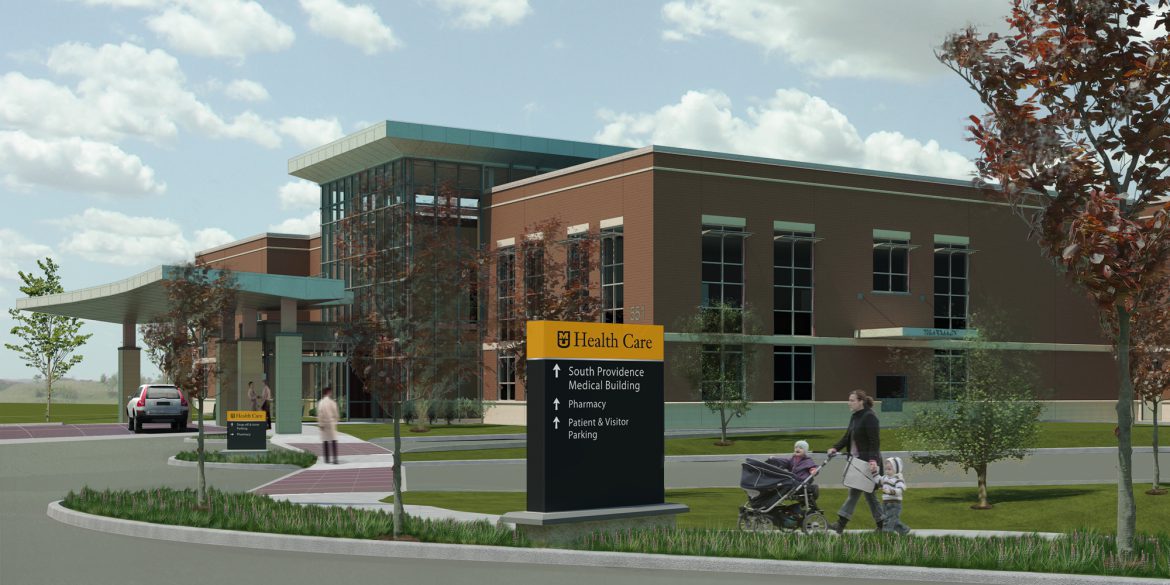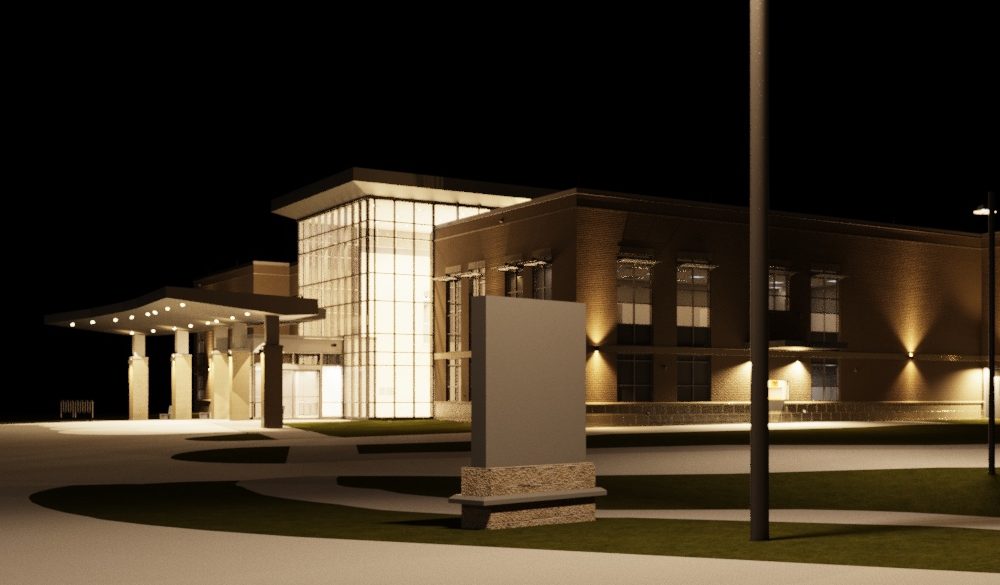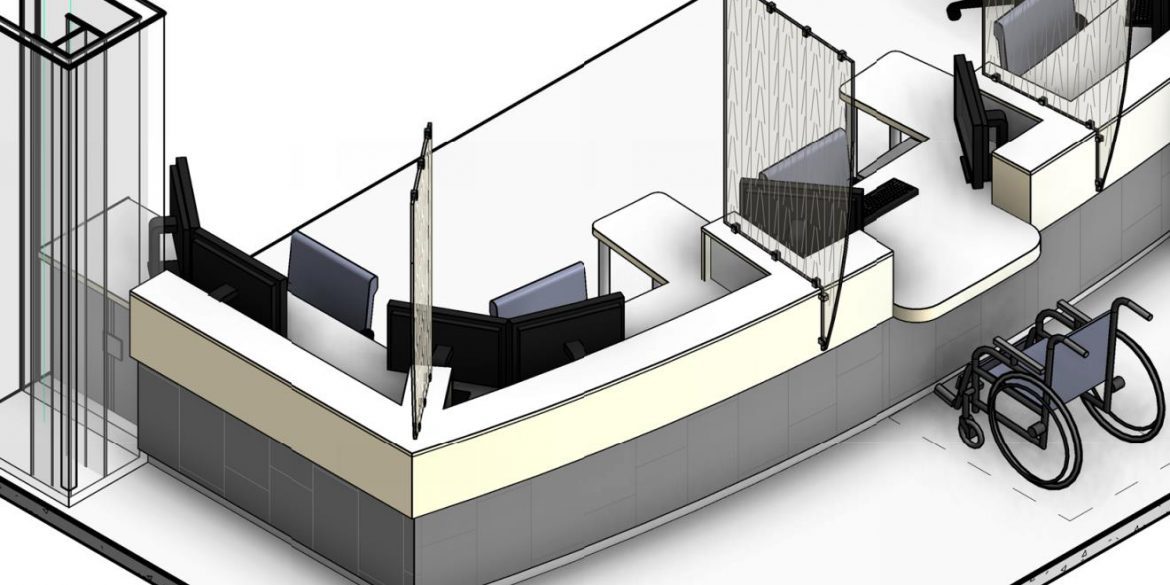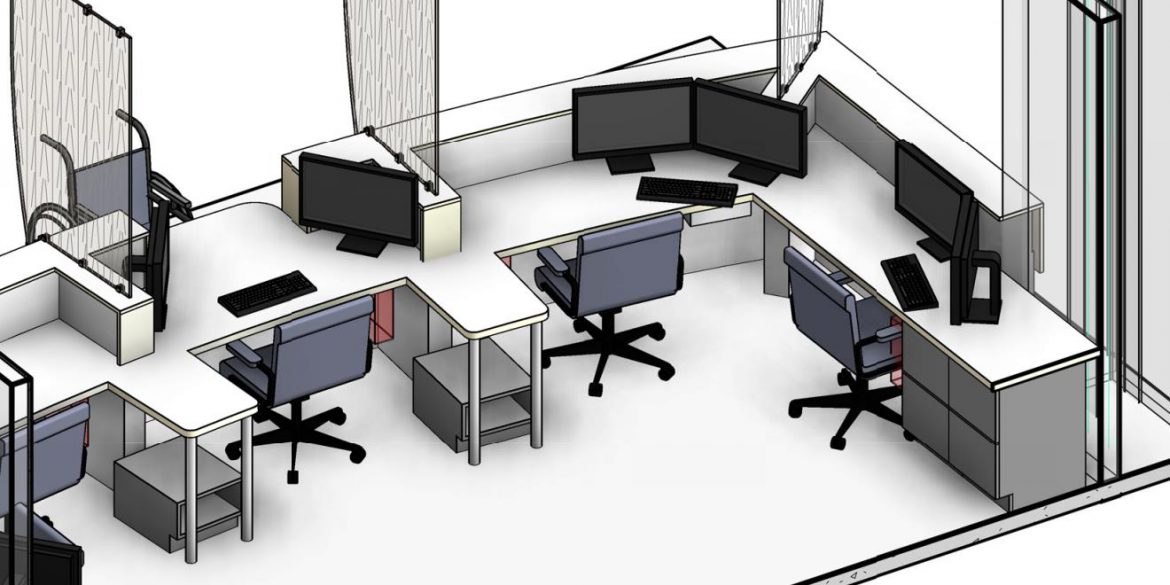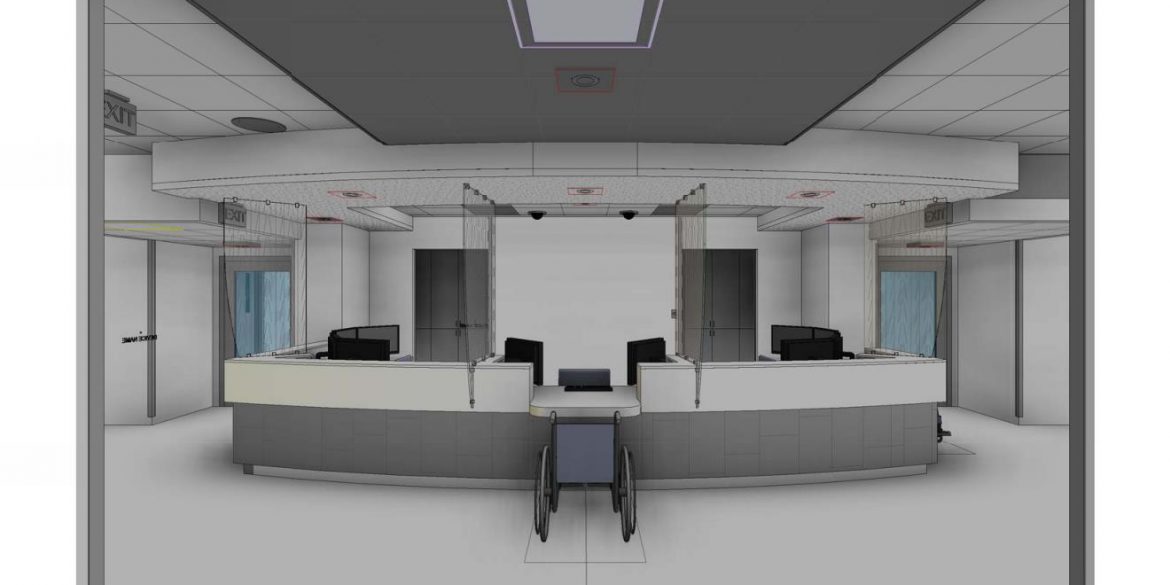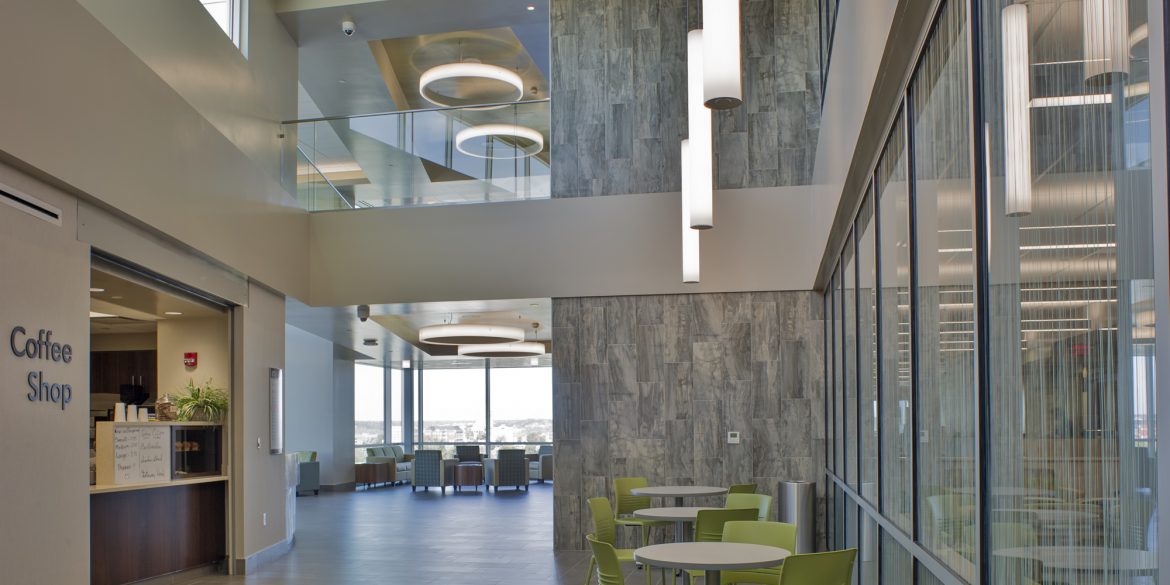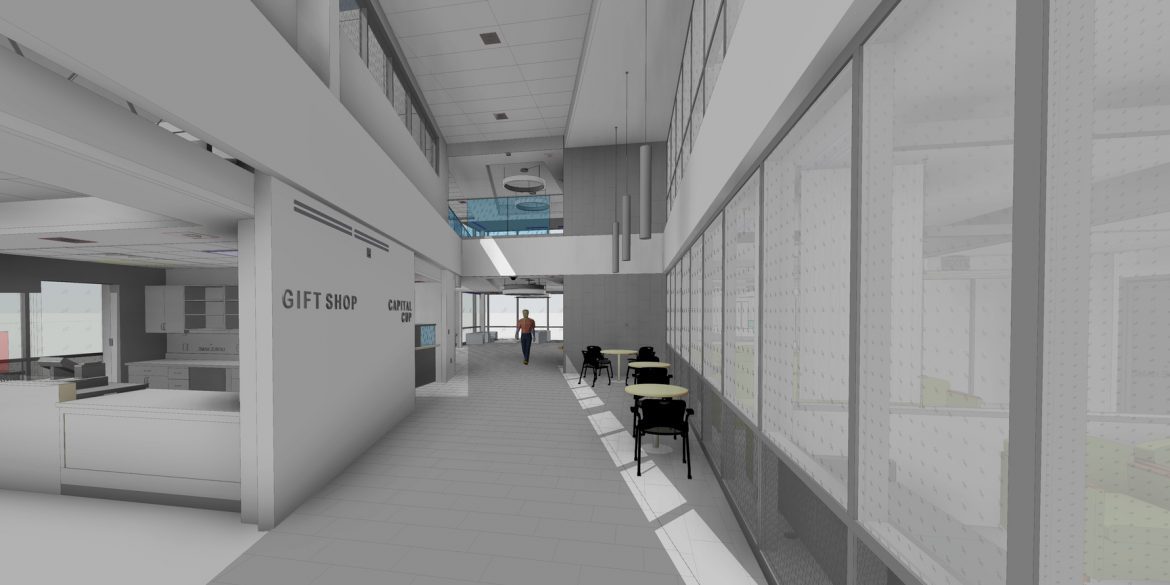BIM Services: Building Information Modeling
Since February of 2008, Building Information Modeling (BIM) is SOA’s method for production of Design and Construction Documents. Our experience shows that BIM significantly enhances value to the owner, designers, and builders at all project phases.
In each project, we have found that by leveraging the “I” (information) while providing our BIM services, we can better utilize and analyze project data to improve decision making. This effort enables better integration of multiple types of design information, resulting in fewer questions during construction and ultimately the delivery of the best project possible to every client. In short, we believe that great designs deserve to be built twice – first virtually, and then physically.
SOA incorporates BIM services into the design and building process in multiple ways.
Design Possibilities
- Accurate, three-dimensional information enables SOA to quickly explore multiple design options with realistic computer generated renderings, animations, and lighting simulations.
- The incorporation of information from the community scale (GIS, surrounding structures, etc.) down to manufacturer’s specific components, allows us to accurately analyze and optimize spatial and material relationships through quantitative data output, building performance analyses, and complex phasing drawings as required by each project.
- Effective use of BIM facilitates client decisions by helping manage, synthesize, and present complex data when it may be otherwise difficult to visualize conceptual design ideas.
Building System Coordination
- As an architecture firm in Columbia MO, SOA consistently seeks consultants who utilize BIM services. This facilitates better coordination, integration, and optimization of multiple engineering disciplines and architectural building components in a virtual state prior to construction.
- BIM services help reduce data loss across project phases and multiple design contributors, allowing design information to become increasingly accurate all the way to building occupancy.
- Better design discipline coordination through our BIM services and the use of the same model to produce both design visualizations and construction documents leads to fewer changes and questions during construction, reduced errors and omissions, and more value per cost to the owner.
Construction Possibilities
- Model information can be leveraged to clearly document complex relationships with multiple parties that will be providing and/or installing building components.
- SOA offers our design model as a base construction model for use by builders and subcontractors in the construction phase to enhance contractor planning, scheduling, and operational layout of the project site.
- Shop drawings, submittal production, and computer guided fabrication can utilize the design model to enhance and speed up coordination of multiple trades, approval process, material fabrication, installation, and record drawings.
Facilities Management Possibilities
- SOA’s goal is to identify a client with the desire to take the BIM developed for construction purposes and transition it into a tool that can be used to manage a facility for many years following occupancy.
- The data and information used to make design decisions can be reused to generate replacement and preventative maintenance schedules, allow accurate allocation of resources in leasing agreements, prepare for future modification of space for new use, and enable the continual optimization of the performance of a space.
